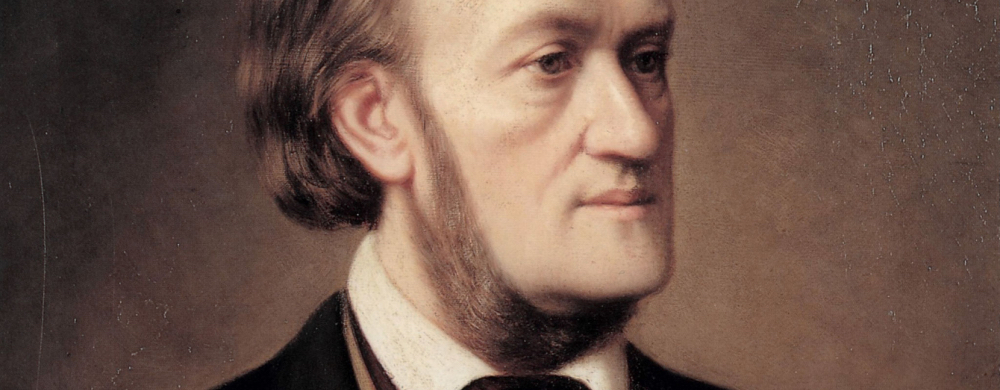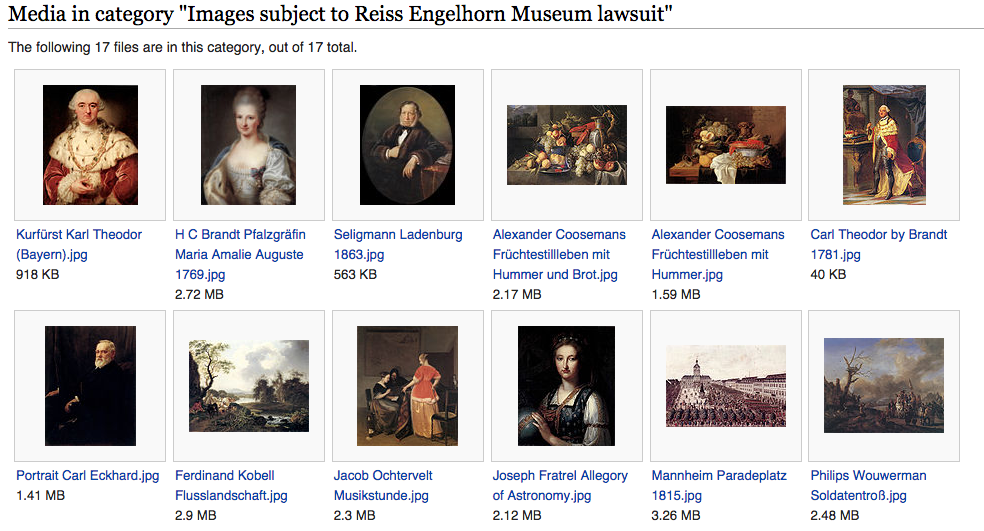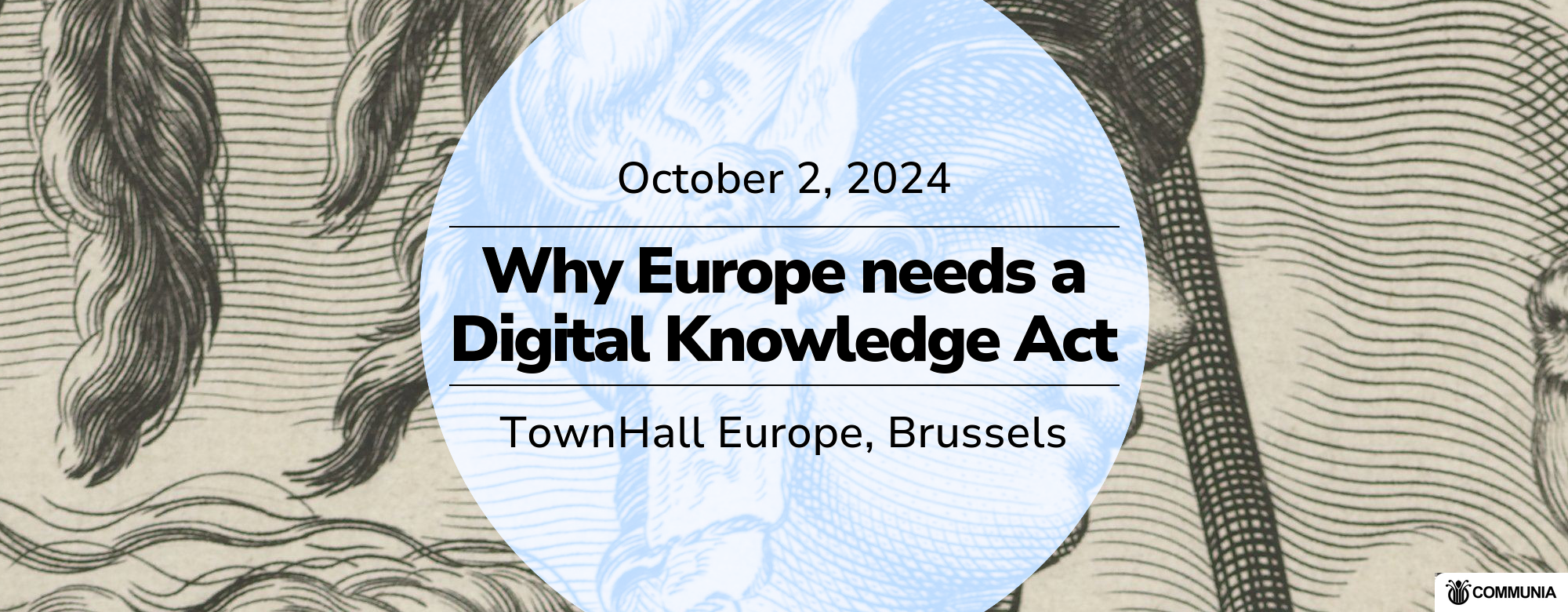Is it dangerous to take a public domain picture from Wikipedia and use it on your blog or print it on a T-shirt? Last week we wrote about a copyright case in Germany where several users of public domain pictures received letters from the lawyers of Mannheim’s Reiss-Engelhorn museum. The letters demanded payment for the use of photos of public domain art works that had been uploaded to Wikipedia. The museum justifies this legal action by pointing to the costs of digitizing their artworks and the respective acquisition of some form of ancillary copyright protection for simple photographs (“Lichtbildschutz”, § 72 in the German copyright law). On Wikimedia Commons, the repository that hosts media for Wikipedia, there is already a separate category for “Images subject to Reiss Engelhorn lawsuit”.
Amongst the several recipients of the letters were not only Wikimedia Germany and the Wikimedia Foundation, but also the online radio station detektor.fm and the non-profit website “Musical&Co”, which features music-related articles authored by children for children.
After having received the copyright notice from Reiss-Engelhorn museum, the website “Musical&Co” went dark. It is still offline. In Germany, even a first copyright notice can be very costly. In the case of Musical&Co, Reiss-Engelhorn museum had initially demanded €850 for the use of one picture. The case was settled with a payment of €400. However, this was still too much for the volunteers who run the non-profit website without any substantial funding. In a statement reporting on the case, the volunteers explain their decision to keep the website offline due to fear of further legal troubles:
We are scared. This makes us extremely insecure. As long as it is not clarified that photographs of public domain paintings are actually public domain, we and any other website owner might receive a copyright notice any day. Each contested picture may cost us around €1.000.
The case of Musical&Co is instructive on many different levels. First, it demonstrates the broken system of copyright notices in Germany, which could result in ridiculously high costs even for good-faith first-time infringers. Such expensive copyright notices are particularly repelling when pursued by a publicly-owned and -funded institution such as the Reiss-Engelhorn museum. Currently, it is not even clear how many users of the pictures received copyright notices similar to the one sent to Musical&Co, but the publicly known cases point to more than a dozen.
Second, Musical&Co project illustrates the demand and value of public domain works, especially for private or non-profit users, who depend on public domain or openly licensed works. Thus, generating revenues by rigidly enforcing highly contested copyright claims cannot justify the much greater loss in terms of access and usage rights for the wider public.
Third, at least in the case at hand, nobody gained anything except the lawyers involved. The settlement was not only costly for Musical&Co, but also clearly insufficient to cover the legal costs incurred by the Reiss-Engelhorn museum. In effect, the copyright claims by the museum resulted in everyone being worse off.
Legally, at least one court in Nuremberg has already rejected the museum’s copyright claim. In his decision, the judge criticized the action taken by the museum, noting that permitting copyright protection of mere digital reproductions of a work would then in effect allow for the extension of the term of copyright protection.
The Reiss-Engelhorn museum has published a lengthy press release trying to explain the museum’s conduct and rebut the criticism it’s received. Unsurprisingly, none of the arguments is really convincing. For instance, Reiss-Engelhorn argues that since it is a publicly funded institution, it had the obligation to request at least moderate fees for commercial use cases. But in reality, it has only been the increased visibility of the images in Wikipedia that has led to widespread non-profit and for-profit usage, thereby increasing overall public welfare. Ironically, even the Reiss-Engelhorn museum itself admits that they “don’t earn any money with the copyright notices”. If this is true, then why issue them in the first place, given the shaky legal ground the notices are based upon?
Aside from the specific parties involved in the lawsuit, perhaps the biggest losers are all those who rely on Wikipedia and Wikimedia Commons as trustworthy sources for public domain content. It is high time for the German courts to reject any copyright in simply creating a digital copy of a public domain work. This would also be in line with the overwhelming majority of elected representatives on the European Parliament, who demanded in their evaluation of the EU copyright directive that “once a work is in the public domain, any digitisation of the work which does not constitute a new, transformative work, stays in the public domain.”
At least in the UK, the copyright office has already adopted exactly this line of reasoning in an updated version of its copyright notice.


